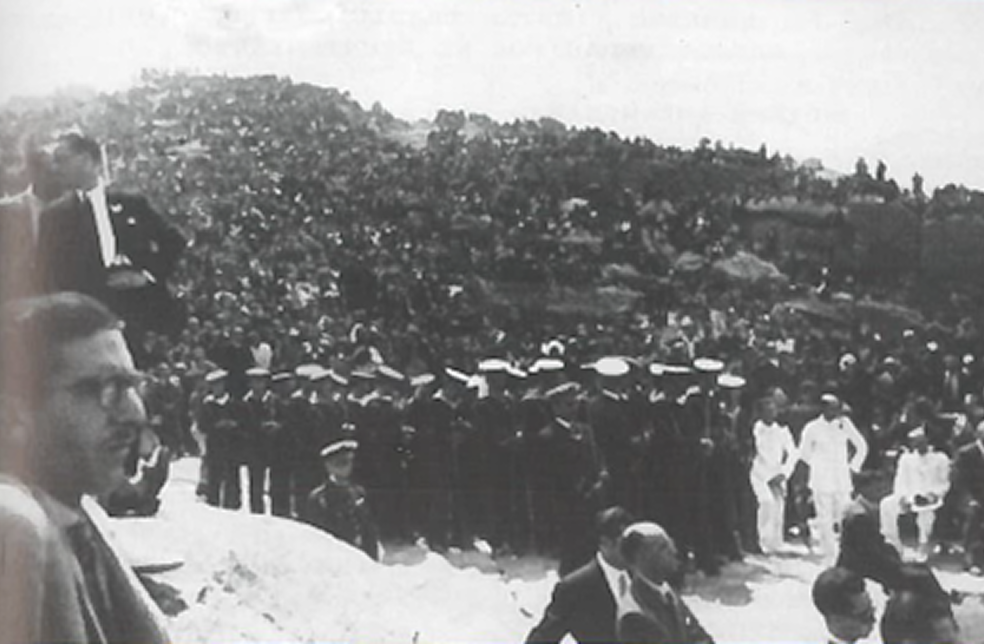At the beginning of the 18th century, the “Virgen de la Barca” Festival was experiencing an extraordinary boom, attracting crowds of pilgrims from “very remote parts,” as documented by Archbishop Luis Salcedo in 1720. His order to close the doors of the sanctuary at dusk to prevent pilgrims from spending the night inside is a clear testimony of the massive influx that overflowed the houses of the town.
This same document reveals a festive tradition that, although it did not please the ecclesiastical authorities of the time, reflects the joyful and participatory spirit of the pilgrimage: songs, dances and the sound of tambourines resounded in the surroundings of the sanctuary.
A crucial turning point in the projection of the “Virgen de la Barca” Festival and its sanctuary came in 1728 with the publication of “The most prodigious boat (sacred history poem)” by Antonio Rioboo and Seixas Villar de Francos. This literary work, which fuses poetry and prose, traces the history of the hermitage and the deep devotion to the Virgin of A Barca. In its pages, the author highlights the presence of “countless pilgrims” at the festival, establishing a transcendental link between the pilgrimages to Compostela and Muxía, conceiving the latter as the culmination of the route to the Cathedral of Compostela. The book also includes travel accounts that confirm the shrine’s growing popularity and vibrant festival.
The “Virgen de la Barca de Muxía” Festival is also mentioned by Galicia’s most universal writer, Rosalía de Castro. Her visit to Muxía in 1853, during the festivities of A Barca, inspired her moving poem “Nosa Señora da Barca,” one of the longest compositions in her “Cantares Gallegos” (1863). In her verses, Rosalía describes the arrival of pilgrims from nearby coastal towns, the energy of the festival itself with the emblematic “Pedra de Abalar” rock in motion, the bustling stalls, the spectacular fireworks, the ringing of bells and the omnipresent music. A description that evokes striking similarities to the festival we enjoy today.
Another essential reference is the “Historical Pamphlet of the Sanctuary of Our Lady of A Barca” (1863) by the Muxía lawyer Luciano Roa Lema. In his detailed account, he provides historical data about the church and a vivid description of the development of the festival, both in its religious and profane aspects. His testimony about the influx of visitors is eloquent: “With the exception of some private individuals, all the houses in the town are inns, and in spite of that people flood the streets, the square, the road to the Sanctuary and the atrium of the chapel.”
As for religious acts, Roa Lema highlights the celebration of three solemn masses during the holidays, a tradition that is maintained today. He also describes the emotional procession on Sunday, in which the Virgin was transferred to the parish church to return to the sanctuary on Monday, a custom that continues to mark the rhythm of the “Virgen de la Barca de Muxía” Festival.
Discover how centuries of history, devotion and living tradition converge in the “Virgen de la Barca de Muxía” Festival, a unique cultural and spiritual experience in the heart of the Costa da Morte.
